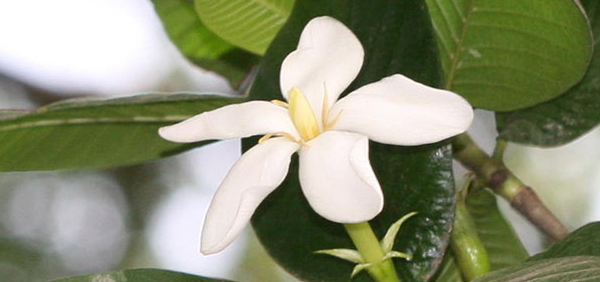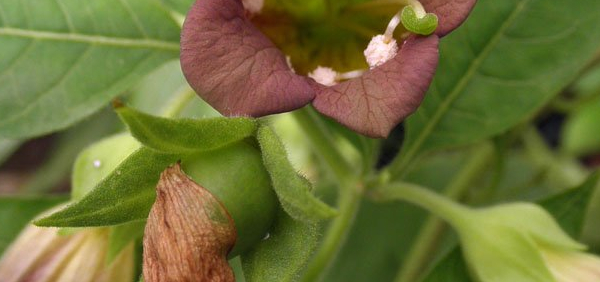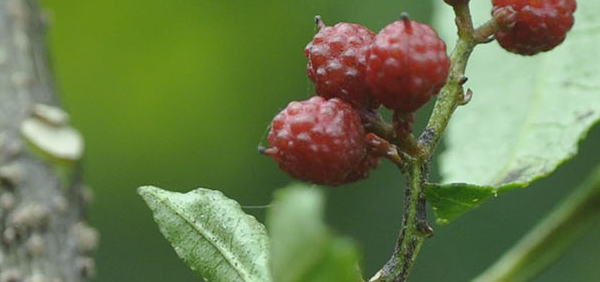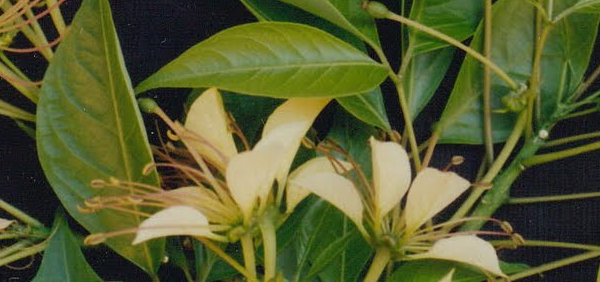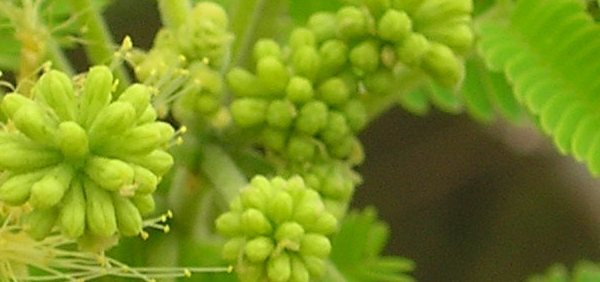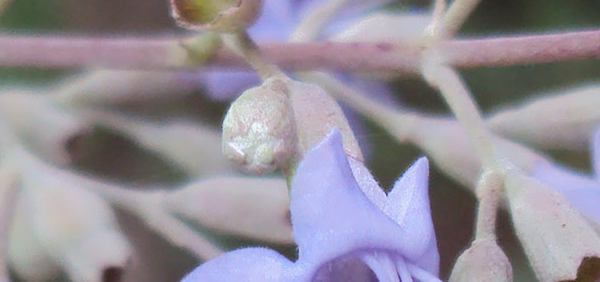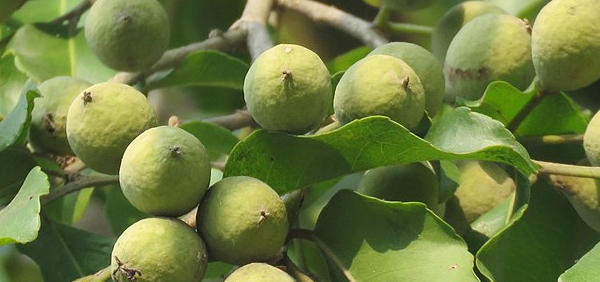vishamushti :

PHARMACOLOGY:
Since A. conyzoides possesses diverse biological and physiological characteristics it has been explored intensively, particularly for its secondary metabolites (Gonzalez et al. 1991; Wiedentold and Roder, 1991). A wide range of secondary metabolites from different classes are found in A. conyzoides, including flavonoids, alkaloids, chromenes, phenolics and essential oils (Gonzalez et al., 1991; Sharma and Sharma, 1995). Among these secondary metabolites, many are allelochemicals and inhibit the growth of other organisms (Pafi et al., 1998; Okunade, 2002). These allelochemicals are released either through leaching or volatilization into the soil or environment in bioactive concentrations, and retard the growth of other plants and organisms (Singh et al., 2003; Batish et al., 2009a, b).
Volatile compounds
Almost every part of a plant contains volatile oils; the leaves and roots of A. conyzoides contain volatile oils in the range of 0.11 - 0.58% and 0.03-0.18%, espectively, depending on the season (Wandji et al., 1996). As many as 51 constituents, including a number of mono- and sesquiterpenoids, have been identified from its volatile oils (Okunade, 2002). The chromenes 7-methoxy2,2-dimethylchromene (precocene I), 6,7- dimethoxy derivative, ageratochromene (precocene II) and their derivatives (Burkill, 1985; Rastogi and Mehrotra, 1990; Kissmann and Groth, 1993; Kong et al., 1998a, b) are the major constituents of leaves and flower oils, and possess biological activities (Bowers et al., 1976). These allelochemicals are released from A. conyzoides, accumulate in the soil with the passage of time and were found to be responsible for growth suppression of weeds and reducing the population of soilborne pathogenic fungi in intercropped citrus orchards (Kong et al., 2004). Kong et al. (1999, 2002) demonstrated that fresh leaves and volatile oils of A. conyzoides exhibited adverse effect on crops, and they attributed this to the presence of precocenes and their derivatives, i.e. precocene I, precocene II, 3,3-dimethyl-tert-butylindone and 13-caryophyllene, and several monoterpenes and sesquiterpenes.
Non-volatile compounds
In addition, A. conyzoides is very rich in polyoxygenated flavonoids such as kaempferol, quercetin and their glucosides, and small quantities of triterpenoids and sterols (Okunade, 2002). A number of phenolic acids such as gallic, coumalic, protocatechuic, benzoic, sinapic, p-hydroxybenzoic and coumaric acid have been reported as active compounds in A. conyzoides (Xuan et al., 2004). Batish et al. (2009a, b) reported the non-volatile components cate chin and phenolic acids (gallic acid, coumalic acid, protocatechuic acid and p-hydroxybenzoic acid) from leaves and soil inhabited by the weed. However, the level of allelochemicals and hence allelopathic potential depends upon the growth stage and type of habitat (Kong et al., 2004). Its seeds have also been known to yield fatty oils (Ambasta, 1992). These llelochemicals show a synergistic effect, and their allelopathic potential is intensified on exposure to various environmental stresses (Josep and Joan, 1997; Kong et al., 2002; Batish et al., 2009a, b).
- » Classification and names of vishamushti
- » Synonyms and definitions of vishamushti
- » Drug Properties of vishamushti
- » Chemical Constituents of vishamushti
- » Standardization of vishamushti
- » Parts used and Dosage of vishamushti
- » Morphology and Histology of vishamushti
- » Distribution and Conservation of vishamushti
- » Cultivation of vishamushti
- » vishamushti in the market
- » Medicinal Uses of vishamushti
- » Researches and clinical trails of vishamushti
- » vishamushti in other sytems of medicine
- » Ayurvedic formulations with vishamushti
- » Images of vishamushti



